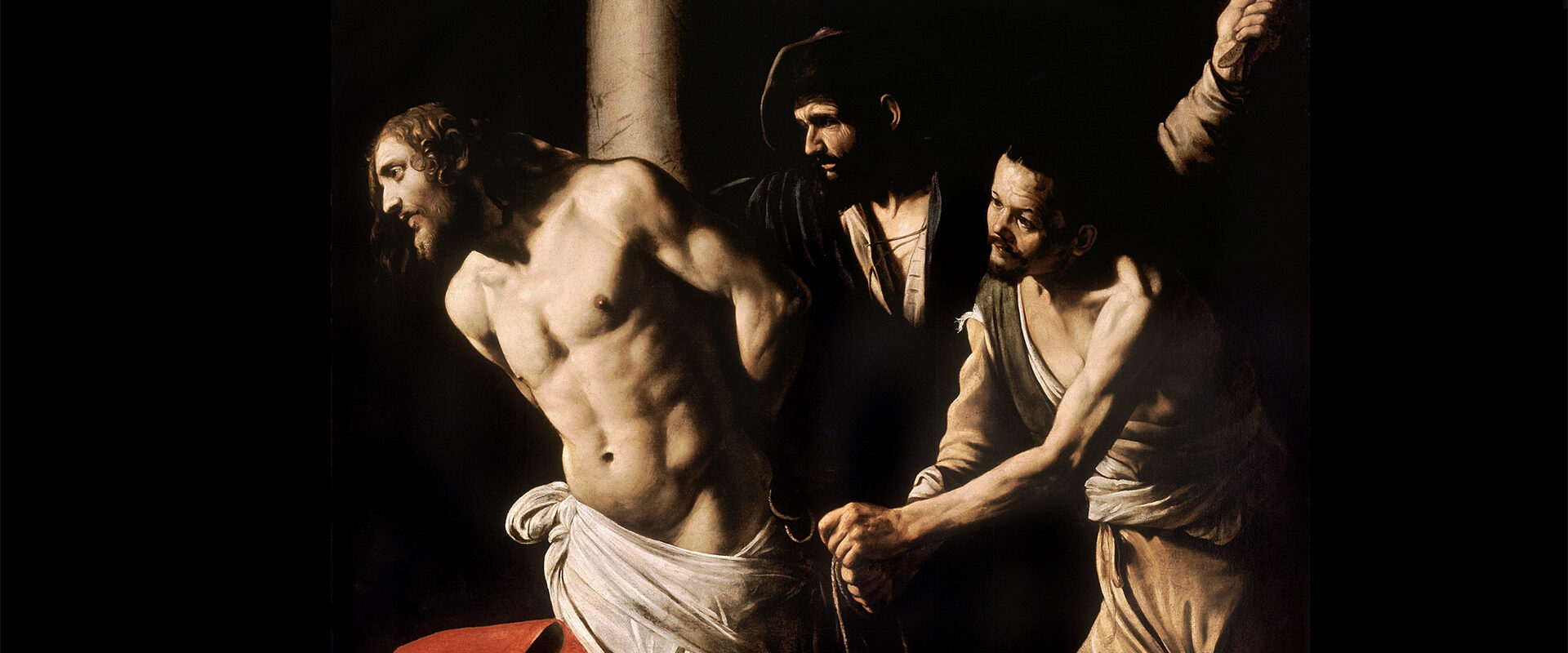 “Brockes-Passion” oratorio by Georg Philipp Telemann at the Royal Castle in Warsaw
“Brockes-Passion” oratorio by Georg Philipp Telemann at the Royal Castle in Warsaw
The Passion is the story of the suffering and death of Jesus Christ, as recounted in the four Gospels. It is also a dramatic mystery play or a musical composition based on the text of one of the evangelists. Finally, “passio” means suffering, torment. From the 4th century, the Passion was read aloud, and only in the 10th century—perhaps due to the solemn and elevated nature of the narrative—did it begin to be performed by singers. Initially, it was done in a simple chant style, then on a separate Passion tone. Initially, the Passion was performed by a single singer (a deacon), but around the 13th century, roles were divided among three priest-lectors: Christ (low voice, slow tempo), the Evangelist (middle register, moderate tempo), and the remaining voices (high-pitched and fast-paced).
The further development of the genre followed the evolution of music itself: by the late 15th century, polyphony—simultaneous melodic lines—became part of Passion storytelling, followed by the introduction of the national language in Protestant Germany. In Johannes Walther’s “Matthäus-Passion” (1530), the crowd’s parts were arranged in a four-voice homorhythmic setting. In Antonius Scandellus’s “Johannes-Passion” (ca. 1561), Christ’s part was arranged in a four-voice homorhythm setting, while the crowd’s responses were five-voiced. By the 18th century, the Passion was influenced by oratorio and opera, with instrumental accompaniment added to the vocal parts (“Matthäus-Passion” by Thomas Selle, 1642), the inclusion of Protestant chorales and hymns (“Matthäus-Passion” by Martin Köler, 1664), and librettos written by Hamburg pastor Heinrich Brockes (1712, 1715).
According to the National Forum of Music website: The title draws from the name of a Hamburg poet, Barthold Heinrich Brockes. Telemann took advantage of his text “Der für die Sünde der Welt gemarterte und sterbende Jesus” (The Suffering and Dying of Jesus for the Sins of the World), which is a paraphrase of all four Gospels. Brockes’ work was popular with composers and adapted for music several times, including an attempt by Georg Friedrich Händel and Johann Mattheson. Music to the fragments of Brockes’ work was also composed by Johann Sebastian Bach, who created several successful arias with the piece. Telemann’s work stands out from the other pieces with a truly contemplative character. It is also devoid of excessive emotionality, which favors deep reflection and prayer.
Telemann’s work features rich orchestration and a symbolic, illustrative use of instruments: the flute conveys calmness, the horn represents the destructive power of sin, the oboe brings reconciliation and redemption, while the triumphant trumpet announces the joyful news of Easter. An important point of reference is the arias-commentaries sung by the allegorical Daughter of Zion. Christ is portrayed as deeply human, filled with fear (aria “Mein Vater!” – Father, look how I suffer…”) and love (a duet with His Mother), burdened by the weight of suffering (a descending phrase on the word “asaphthani”), ultimately, finding peace (dramatic, almost Bach-like phrase “Es ist Vollbracht …”
Nearly three hours long, “Brockes-Passion” will be performed on March 16 at the Royal Castle in Warsaw. The soloists (Teresa Marut – soprano, Aleksandra Szmyd – soprano, Joanna Motulewicz – mezzo-soprano, Karol Kozłowski – tenor, Łukasz Kózka – tenor, Mariusz Godlewski – baritone) and the Vocal Ensemble of the Warsaw Chamber Opera will be accompanied by the Musicae Antiquae Collegium Varsoviense (MACV) orchestra with Adam Banaszak conducting on the podium.





